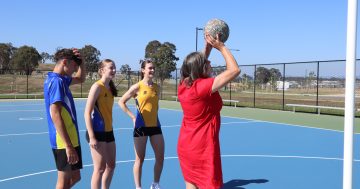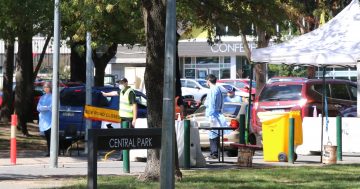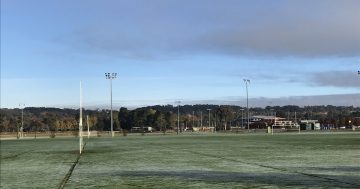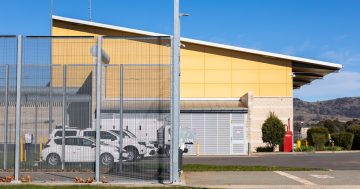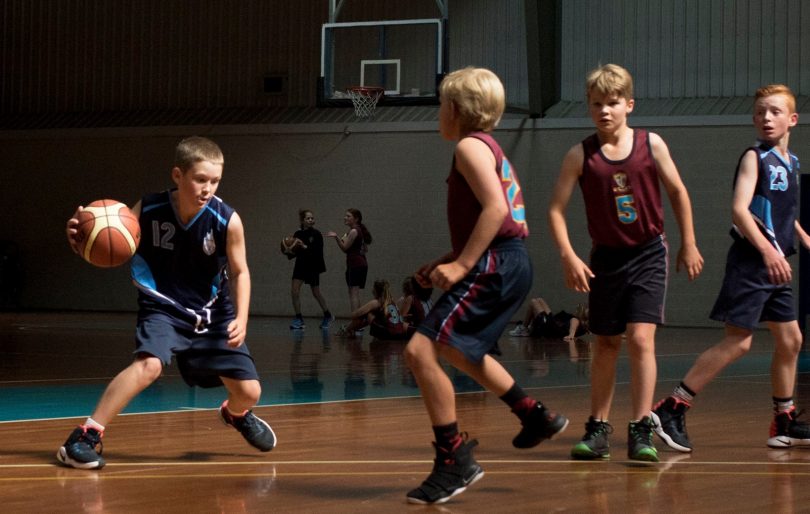
Basketball’s popularity in the ACT cannot be matched by the number of courts available for participants to play on. Photo: File.
When David Simpson took on the role of chief executive of Basketball ACT around two years ago there was little indication of what lay ahead.
Since then, basketball in Canberra has been forced to deal with a range of significant issues including bushfires, hail, racial abuse and two COVID-19 lockdowns.
“It’s not a comfortable position to be in,” says David. “I didn’t realise how big a challenge it would be.”
Now Basketball ACT’s latest challenge has David searching for a solution.
“The lack of facilities is my whole team’s number one headache,” he says.
Since the COVID-19 outbreak, basketball has gone through a boom time with an increase of 170 teams, which means Basketball ACT has to find another 85 court hours.
To add to the issue, the COVID-19 lockdown of public school facilities has contributed to the shortage of indoor courts.
“We have managed to secure facilities at two private schools in Canberra, which has enabled 30 teams to continue playing,” says David.
The facilities crisis in Canberra basketball has been exacerbated by the lack of support for the building of a new facility on the land adjacent to Belconnen Basketball Stadium.
The land owned by Basketball ACT has remained undeveloped for the past 10 years.
“There have been four feasibility studies into building a basketball facility on the site and it is a no-brainer,” says David. “I’ve approached the ACT Government four or five times in the past two years seeking support for the project.”
But the land asset itself is costly for Basketball ACT. Owning the land without a facility has cost the organisation more than $500,000 in rates during the past decade.

Ginninderra Rats basketball club has been a part of the sport in the ACT since 1977. Photo: Greg Francis.
With no indication that ACT Government support is forthcoming, Basketball ACT is looking to sell the land. The sale could fund the enclosure of courts currently used for 3×3 basketball.
There are now more than 10,000 registered basketball players in Canberra, in addition to the Canberra Nationals and Canberra Gunners teams.
The Nationals and Gunners will be playing in the semi-professional NBL1 competition next season.
The growth of basketball in Canberra is positive, but this escalates the need for courts to play on. However, there are many competing needs the ACT Government has to contend with, and COVID-19 exacerbates the situation.
Basketball ACT may have had a lot thrown at it in recent years, but a lack of facilities threatens to be its biggest hurdle as it bursts at the seams due to the sport’s growth. Let’s hope a solution can be found to respond to the popularity of basketball in the ACT.














